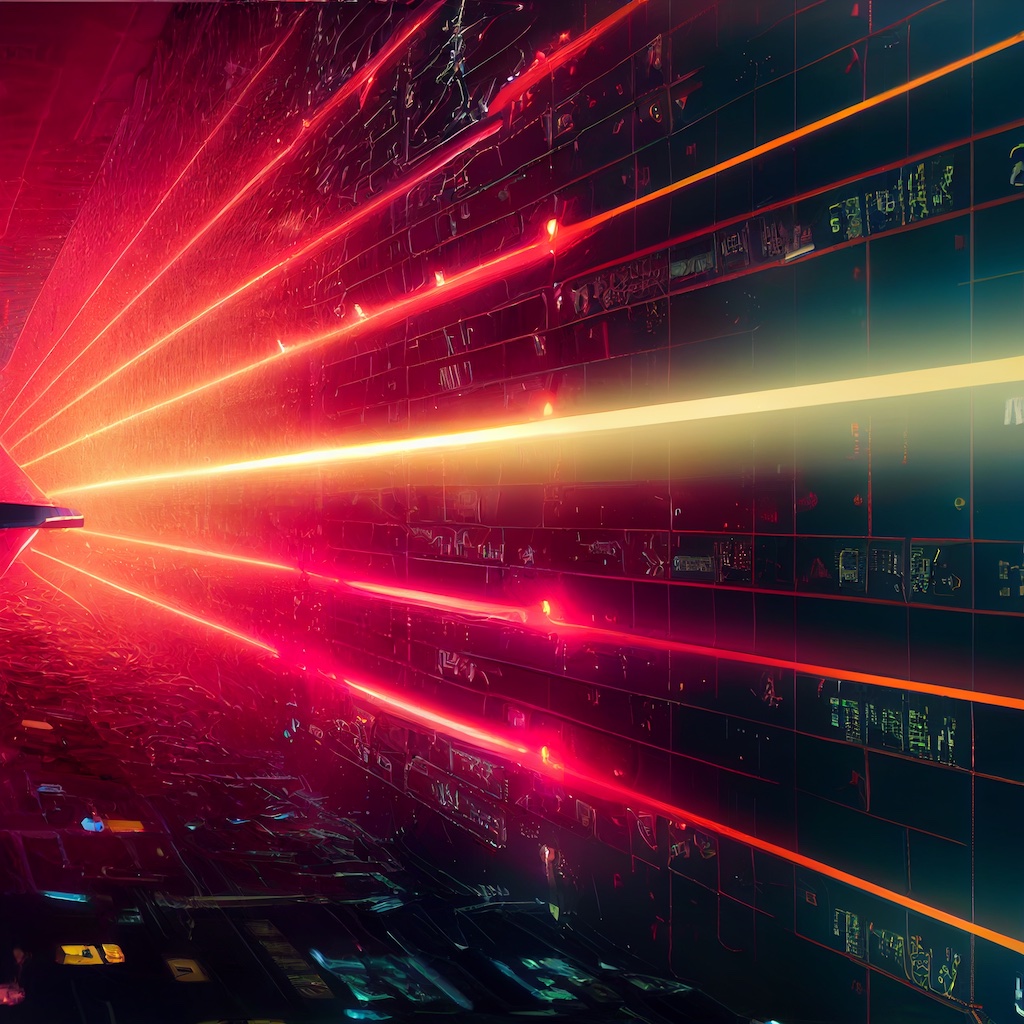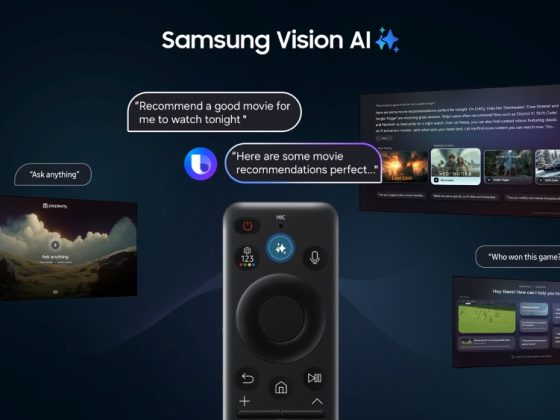In past decades, a surge of enthusiasm arose, not merely about the potential of artificial intelligence (AI), but rather, about humanity’s ability to construct and shape this powerful tool in countless forms. This excitement, while infectious and often inspiring, was perhaps our collective misstep.
It was not that our ambitions failed, but that they stumbled over the hurdles of estimation and anticipation. Within the modern zeitgeist of AI development — a chain of evolution originating from the computational strides of the 1940s and 1950s — we may have overlooked the intricate preconditions required to build functional AI systems.
AI was not simply about programming intelligence into machines; it also demanded sense, speed, and scale. AI needed the capability to perceive, read, and comprehend the world — a common sense that mirrors our human abilities. It needed the speed to keep up with the volume and velocity of information that is now so readily available but was absent in previous decades. And it needed to scale, to handle large memory, to connect and learn from the vast corpus of data available through the internet.
A popular notion suggests there were “AI seasons,” periods when AI would emerge, bloom, then seemingly hibernate as the excitement faded. But perhaps these seasons were illusory. Perhaps the perceived quiet was not the dormancy of AI, but rather the quiet determination of those working in the field, acknowledging the challenges: “It is hard, let us just keep working.”
The challenge, therefore, may not lie with AI itself, but with us, its creators. Our overoptimism might border on anthropomorphic arrogance — an overconfidence in our ability to create a mirror of our intelligence. But as we move forward, it is vital to remain reflective, humble, and mindful of our limitations, even as we strive to push beyond them.









